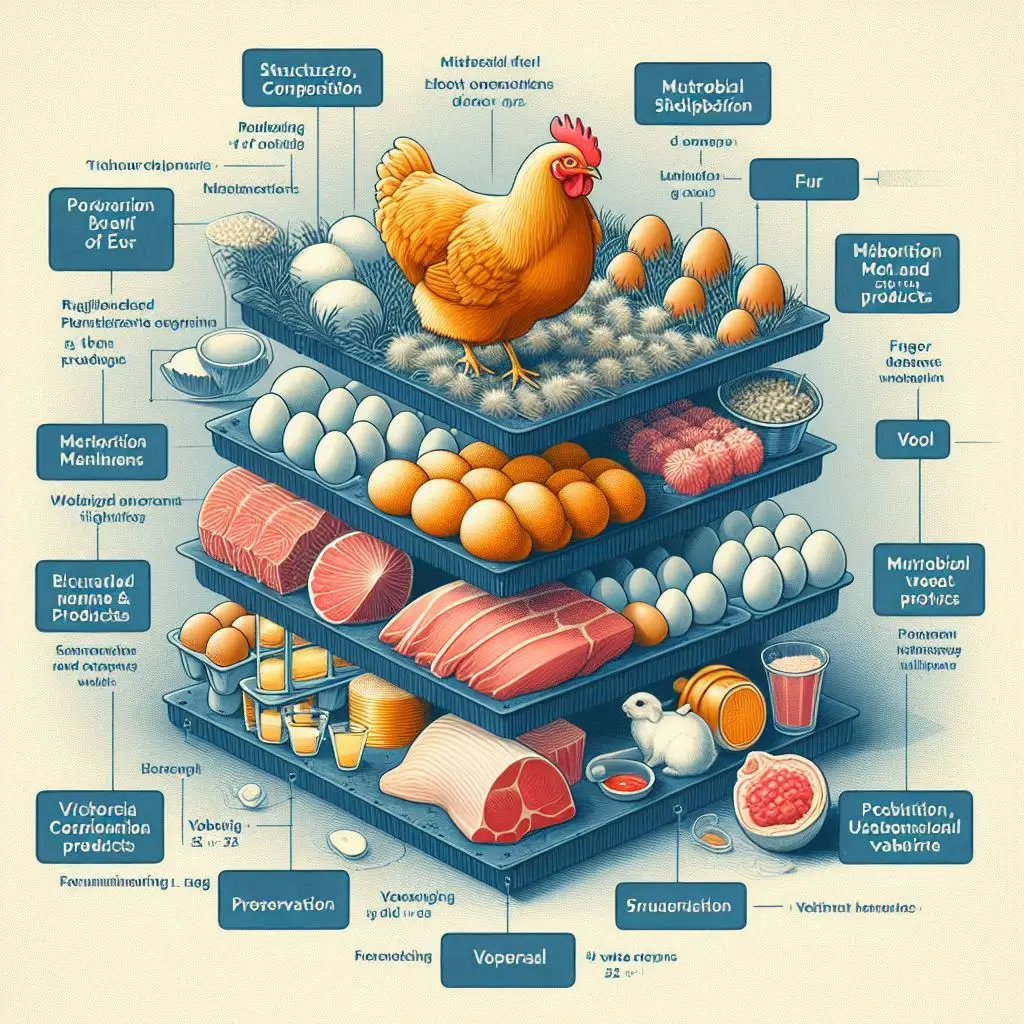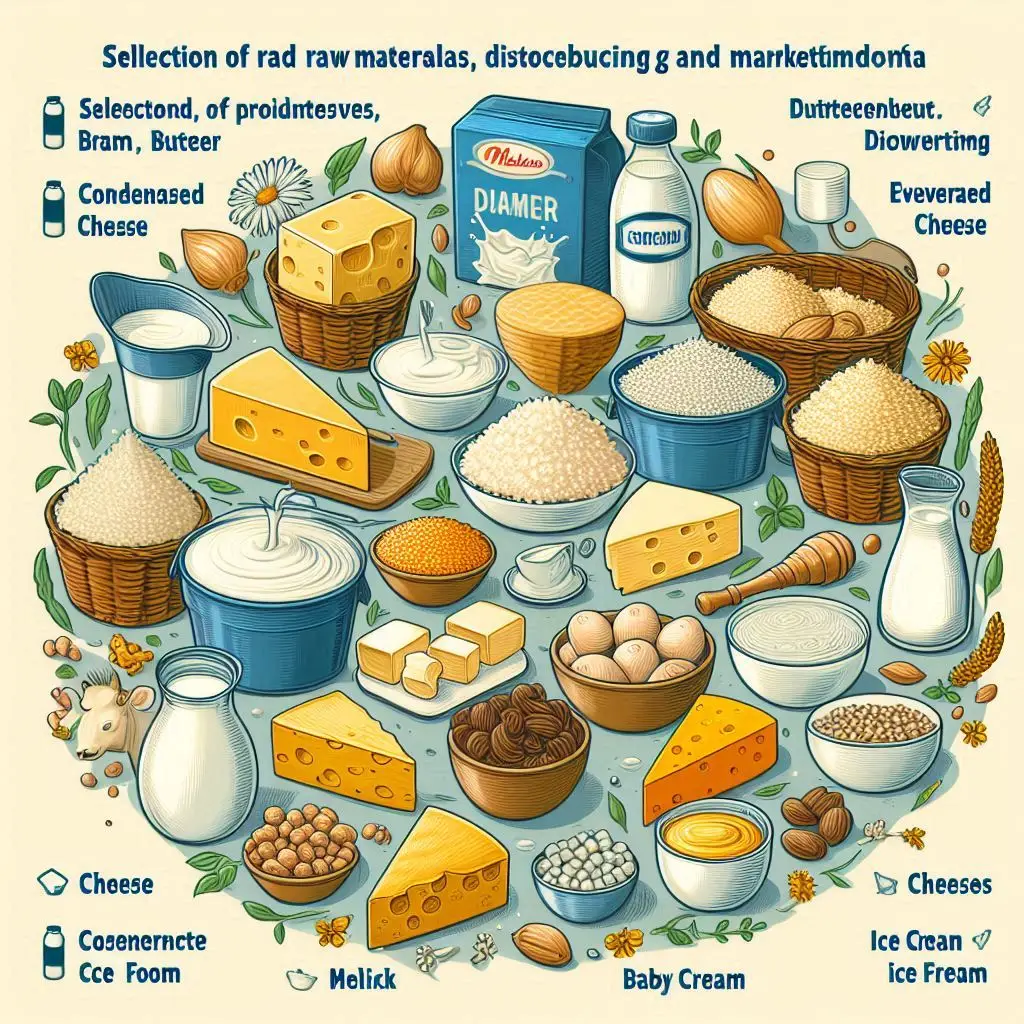Effective Marketing Strategies for Poultry Products

Introduction
Marketing is a crucial aspect of the poultry industry, encompassing the strategies used to sell poultry meat, eggs, and related products. Understanding the various marketing channels, consumer preferences, and market dynamics can significantly enhance profitability and sustainability for producers. This article explores effective marketing strategies for poultry products, highlighting key channels, challenges, and opportunities.
Understanding the Poultry Market
The poultry market consists of various segments, including broilers (meat) and layers (eggs). The demand for poultry products has been rising due to increasing population and changing dietary preferences.
Key Market Segments
- Broiler Meat
- Broilers are raised specifically for meat production.
- The majority of broiler meat is sold fresh or frozen, with a small percentage processed into value-added products.
- Eggs
- Eggs are a staple in many diets and are sold in various forms, including fresh, processed, and specialty eggs (e.g., organic, free-range).
Marketing Channels for Poultry Products
Effective marketing channels are essential for reaching consumers. Here are the primary channels used in the poultry industry:
1. Direct Sales
Producers can sell their products directly to consumers, which eliminates middlemen and maximizes profits. This can be achieved through:
- Farmers’ Markets: Selling directly at local markets allows producers to connect with consumers.
- Online Sales: E-commerce platforms enable producers to reach a broader audience.
2. Retail Outlets
Retailers play a significant role in poultry marketing. Producers can sell their products to:
- Supermarkets: Large chains often stock a variety of poultry products.
- Local Grocery Stores: Smaller stores may focus on local or organic products, appealing to niche markets.
3. Wholesale Distribution
Wholesalers purchase large quantities of poultry products and distribute them to retailers. This channel is essential for reaching larger markets.
4. Food Service Industry
Restaurants, hotels, and catering services are significant consumers of poultry products. Building relationships with these businesses can lead to bulk orders and consistent sales.
Challenges in Poultry Marketing
While there are numerous opportunities in poultry marketing, challenges persist:
1. Price Fluctuations
The poultry market can be volatile, with prices influenced by supply and demand, feed costs, and market competition. Producers must stay informed and adapt their pricing strategies accordingly.
2. Competition
The poultry industry is highly competitive. Producers must differentiate their products through branding, quality, and marketing strategies to stand out.
3. Regulatory Compliance
Compliance with food safety regulations is crucial. Producers must ensure that their products meet health standards to avoid penalties and maintain consumer trust.
Opportunities for Growth
Despite the challenges, several opportunities exist in the poultry marketing landscape:
1. Value-Added Products
There is a growing demand for processed poultry products, such as pre-marinated meats and ready-to-cook meals. Investing in processing facilities can enhance profitability.
2. Specialty Markets
Consumers are increasingly seeking organic and free-range poultry products. Targeting these niche markets can lead to higher profit margins.
3. Export Markets
Expanding into international markets can provide additional revenue streams. Producers should explore export opportunities, especially in regions with high demand for poultry products.
Effective Marketing Strategies
To succeed in poultry marketing, producers should implement effective strategies:
1. Build a Strong Brand
Creating a recognizable brand can help differentiate products in a crowded market. Focus on quality, sustainability, and local sourcing to attract consumers.
2. Utilize Social Media
Engaging with consumers on social media platforms can enhance brand visibility and foster customer loyalty. Share recipes, cooking tips, and product information to create a community around your brand.
3. Implement Sustainable Practices
Consumers are increasingly concerned about sustainability. Implementing eco-friendly practices can attract environmentally conscious buyers.
4. Leverage Technology
Utilizing technology for inventory management, sales tracking, and customer relationship management can streamline operations and improve efficiency.
Conclusion
Marketing poultry products effectively requires a comprehensive understanding of the market, consumer preferences, and strategic implementation of various channels. By addressing challenges and capitalizing on opportunities, producers can enhance their market presence and profitability.
For more pearls of Vets Wisdom:
https://wiseias.com/partitioning-of-food-energy-within-animals/






Responses